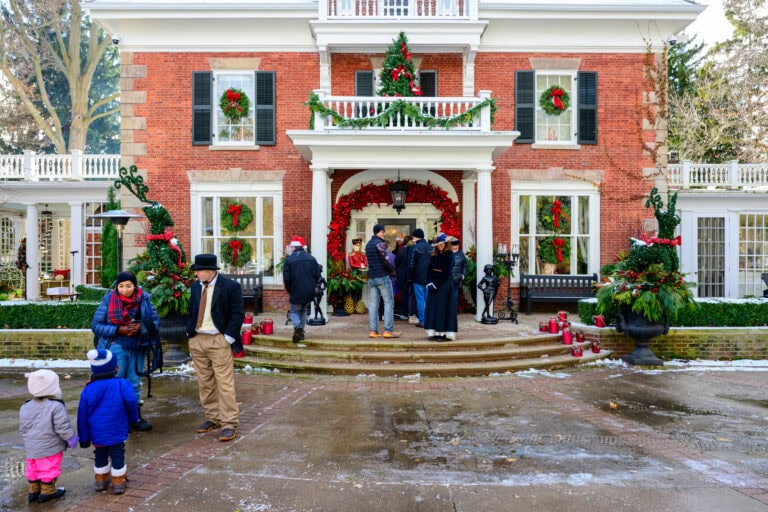Dear editor:
I am writing in response to your March 4 article, “Hunter says hobby is legal, needed.”
Coyotes, as top-of-the-chain predators, are an essential part of our natural system. They are responsible for the control of vermin and other smaller animals, which if not kept in natural balance by predators become, in the least, an annoyance, and at best, a health risk.
These animals will become a destructive force when their numbers rise because the natural balance is disrupted. Killing coyotes does not bring a balance to nature, but it certainly sets the course for problems down the road.
We need only look to Niagara Falls, which has been struggling with rat infestations for years because the rat population has exploded unchecked. It is not only urban centres that will struggle with overpopulation of vermin: look to barns housing animals and feed, and you will find the same problems. Left to predators, these problems are positively controlled.
I have lived in Niagara for 20 years and have come across the “sport” of hunting coyotes. Let us be clear that these animals are set on the run by hunting dogs fitted with tracker collars, followed by their handler through GPS signal, and when they all meet in an open space, the coyote is shot.
This can be a road, which was my experience a number of years ago, or, it may be neighbouring, “non-sanctioned” farmland. Animals do not observe legal property boundaries to make it tidy for the hunter who is determined not to trespass onto unsanctioned land to kill. These individuals have, in my experience demonstrated their lack of respectfulness of private property by absolutely trespassing while in pursuit to “harvest” the animal.
Given the staggering numbers of 30 to 60 coyotes shot and killed by one hunter per season, we are losing these valuable animals at an alarming rate. To leave the bodies to rot, though apparently illegal, certainly happens, despite the claim that they are skinned and the remains left for carrion scavengers.
I recall last year the discovery of a fair number of dead coyotes dumped on an embankment along the Niagara Parkway. I have, myself, seen bodies also dumped on the embankment of the Queenston boat launch upper parking lot, and my dog sniffed-out a dead coyote, in an untied garbage bag, in the bushes approaching the same parking lot.
It is unbelievable the viewpoint of individuals who pursue this “sport” appear to put forth: that they are respectful do-gooders for our community who are bringing a balance in the animal population.
It is difficult to come to terms with these animals being killed “… for a Saturday or a Sunday to enjoy our day.” Seeing the dead coyotes dumped, en masse, is appalling and certainly does not engender a respectful mindset of anything.
Mr. Norris infers that many coyotes carry mange and can infect dogs. Sarcoptic Mange poses a threat to all mammals but is completely treatable; and to this point a dog, under veterinary supervision, is able to be successfully treated for mange whereas the coyote, not benefitting from the same treatment will die of starvation and organ failure. All mammals infected with the parasite can spread the affliction on, not just the coyote.
Hunter Randy Norris, quite rightly, says Niagara-on-the-Lake is considered rural and as such, we have these wild animals in abundance. Coyotes do not make a distinction between wild, farm or domestic animals, and will hunt, unselectively, an easy target.
It is the responsibility of every animal owner, whether a farmer or urban dwelling dog and cat owner, to ensure their animals are safe at all times. We are charged with understanding the dangers to our animals in the places we live.
Not owning to this responsibility leaves only ourselves to blame in the event coyotes kill our animals. To blame the coyote, even go so far as to suggest that the solution to the “problem” of coyotes is to eradicate them is absurd. Perhaps the farmers are unaware that livestock-guarding dogs such the Great Pyrenees or Maremma breeds are a bold and strong defence – dogs suited for just this purpose: guardians of livestock against predators.
According to your article we have more deer these days, in part due to the hunters' efforts to bring balance. Could it be that the avarice of the developer who seemingly builds every square inch of land in our area, plus intensive agricultural practices, which have eliminated the natural habit for animal residents, forcing them further into more human-occupied space, are the cause of the perceived increase?
A trip to the Niagara Parks Botanical Gardens might suggest they are increasingly becoming problematic given the permanent fencing that has been installed throughout the gardens to keep the overrun of deer from destroying the plantings. Deer numbers have become a problem, one which the coyotes are well adapted to solving.
Finally, your article informs the reader that the coyotes are hunted between late December until the second week in March. Coyotes mate from January through to March with a gestation of 60 days. This will put the birth of the pups between mid-March and mid-May. The overlap of the first two weeks into March can see a pregnant female shot and killed – and then a den of newborn pups can starve because their mother has been the resultant fatality of a Sunday afternoon's enjoyment for some.
Man in his infinite wisdom believes he knows better and our intervention in nature has never shown, in the long run, to be of benefit. Coyotes are a beautiful and valuable resource, one we should respect and be thankful for.
We must preserve, unfettered, their right to live among us.
Angela Ondruska
Queenston









